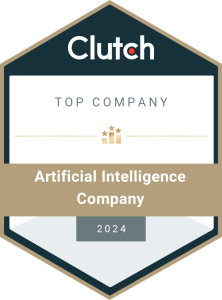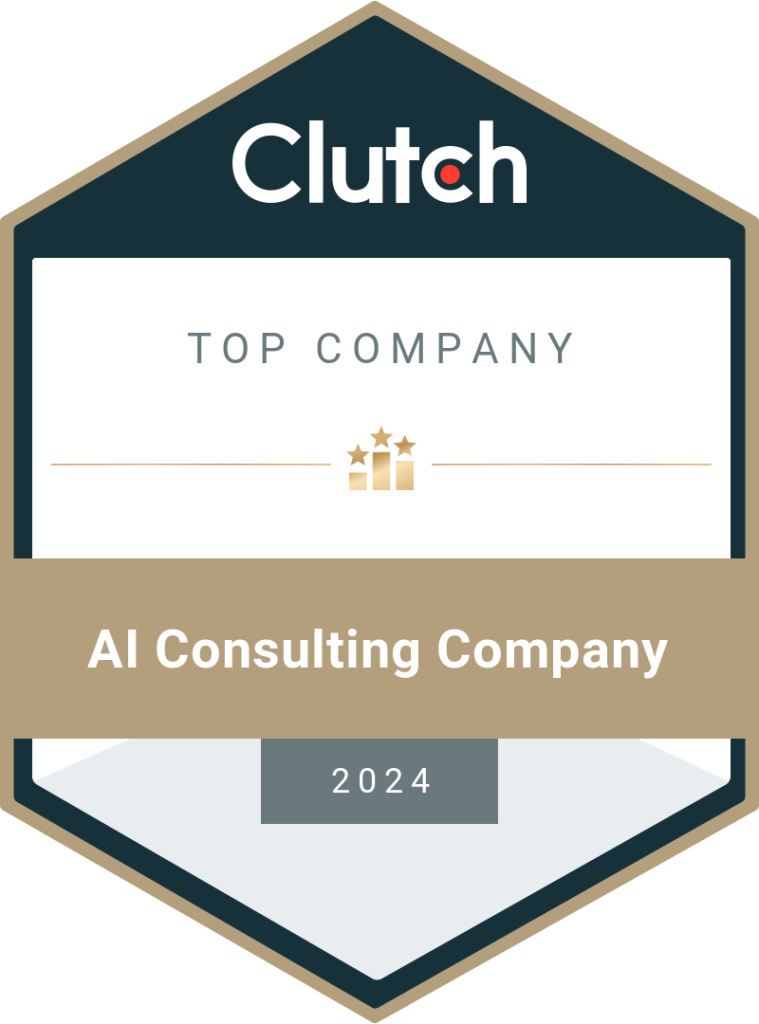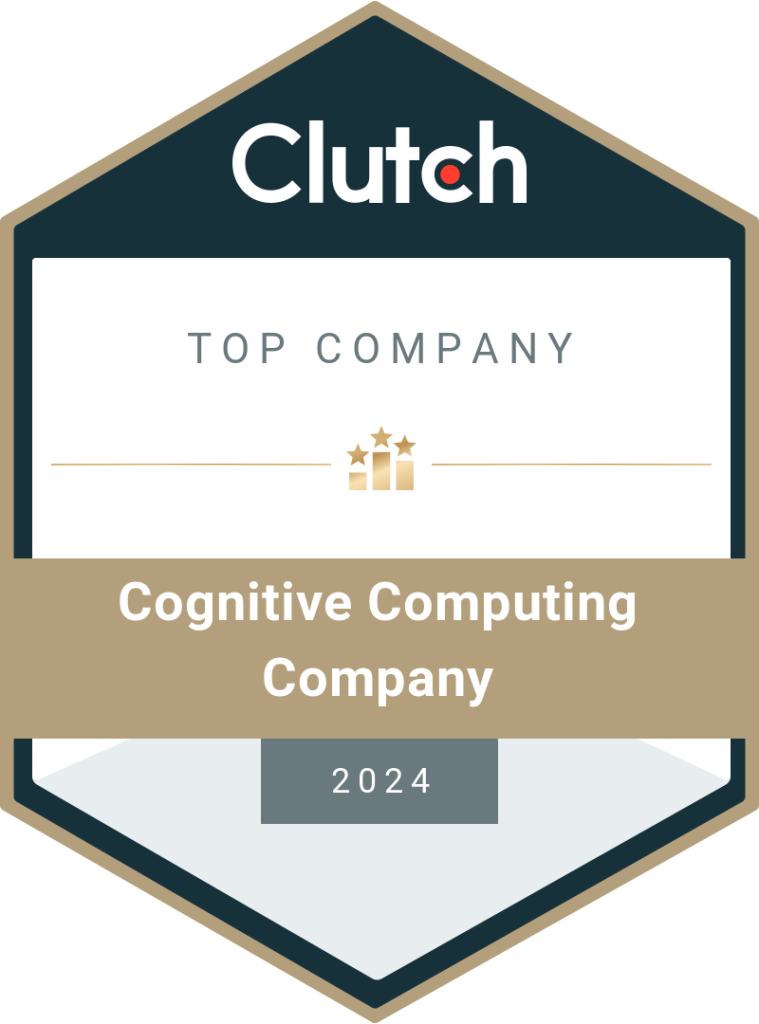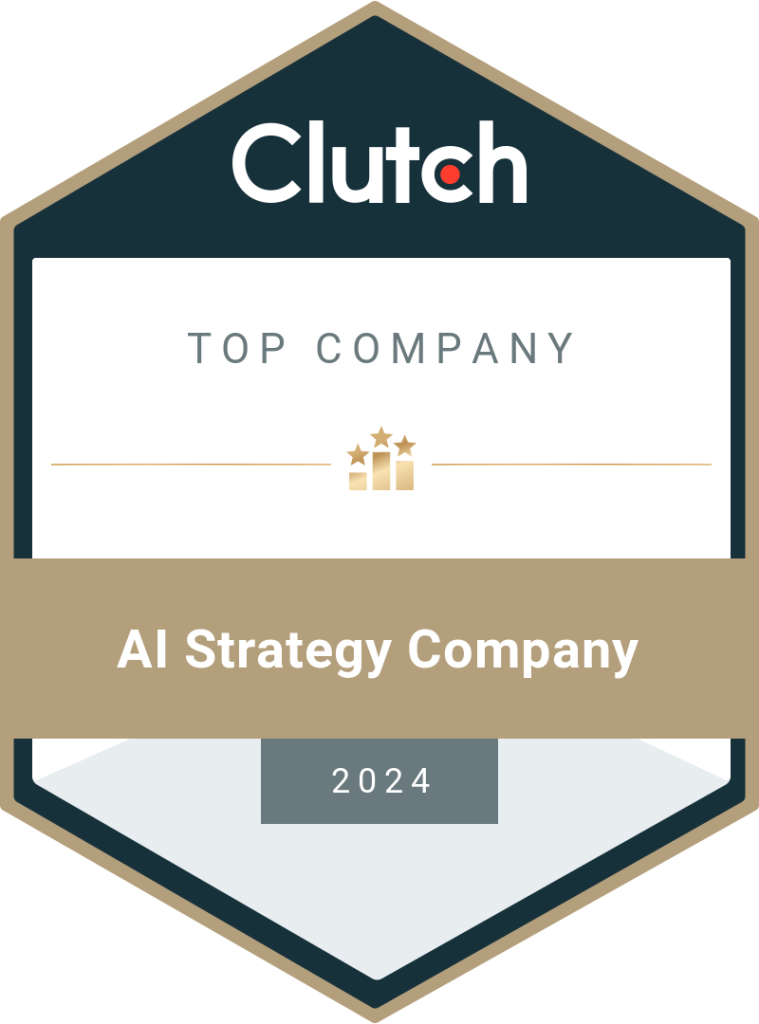Automated Machine Learning (Automl) | The New Trend In Machine Learning
The digital transformation is driven primarily by the data. So today, companies are searching for as many opportunities to gain as much value from their data as they can. In reality, in recent years, machine learning (ML) has become a fast-growing force across industries. ML ‘s effect on driving software and services in 2017 was immense for companies like Microsoft, Google, and Amazon. And the utility of ML continues to develop in companies of all sizes: examples include fraud prevention, customer service chatbots at banks, automated targeting of consumer segments at marketing agencies, and suggestions for e-commerce goods and retailer personalization. Although ML is a hot subject, there is another popular trend: automated machine learning platform (AutoML). Defining AutoML (Automated Machine Learning) The AutoML field is evolving so rapidly, according to TDWI, there’s no universally agreed-upon definition. Basically, by adding ML to ML itself, AutoML gives expert tools to automate repetitive tasks. The aim of automating ML, according to Google Research, is to build techniques for computers to automatically solve new ML issues, without the need for human ML experts to intercede on each new question. This capability will lead to genuinely smart systems. Furthermore, possibilities are generated thanks to AutoML. These types of technologies, after all, require professional researchers, data scientists and engineers, and worldwide, but such positions are in short supply. Indeed, those positions are so poorly filled that the “citizen data scientist” has arisen. This complementary position, rather than a direct replacement, hires people who lack specialized advanced data scientist expertise. But, using state-of-the-art diagnostic and predictive software, they can produce models. This capability stems from the emergence of AutoML, which can automate many of the tasks that data scientists once perform. To counter the scarcity of AI/ML experts, the AutoML example has the potential to automate some of ML’s most routine activities while improving data scientists’ productivity. Tasks that can be automated include selecting data sources, selecting features, and preparing data, which frees marketing and business analysts time to concentrate on essential tasks. For example, data scientists can fine-tune more new algorithms, create more models in less time, and increase the quality and precision of the model. Automation And Algorithms Organizations have turned toward amplifying the predictive capacity, according to the Harvard Business Review. They’ve combined broad data with complex automated ML to do so. AutoML is marketed as providing opportunities to democratize ML by enabling companies with minimal experience in data science to build analytical pipelines able to solve complex business problems. To illustrate how this works, a current ML pipeline consists of preprocessing, extraction of features, selection of features, engineering of features, selection of algorithms, and tuning of hyper-parameters. But because of the considerable expertise and the time it takes to enforce these measures, there is a high barrier to entry. One of the advantages of AutoML is that it removes some of these constraints by substantially reducing the time it takes to usually execute an ML process under human control, while also increasing the model’s accuracy as opposed to those trained and deployed by humans. Through enacting this, it encourages companies to join ML and free up ML data practitioners and engineers’ resources, allowing them to concentrate on more difficult and challenging challenges. Different Uses Of Automl About 40 percent of data science activities should be automated by 2020, according to Gartner. This automation would result in a broader use by citizen data scientists of data and analytics and improved productivity of skilled data scientists. AutoML tools for this user group typically provide an easy-to-use point-and-click interface for loading ML models for data building. Most Automl tools concentrate on model building rather than automating a whole, particular business feature, such as marketing analytics or customer analytics. However, most Automl tools and ML frameworks do not tackle issues of ongoing data planning, data collection, feature development, and integration of data. It proves to be a problem for people who are data scientists, who have to keep up with large amounts of streaming data and recognize trends that are not apparent. They are still not able to evaluate the streaming data in real-time. And poor business decisions and faulty analytics can arise when the data is not analyzed correctly. Model Building Automation Some businesses have switched to AutoML to automate internal processes, especially building ML models. You may know some of them-Facebook and Google in particular. And Facebook is widely on top of every month’s ML, training, and testing around 300,000 ML models, essentially building an ML assembly line to handle so many models. Asimo is the name of Facebook’s AutoML developer, which produces enhanced versions of existing models automatically. Google also enters the ranks by introducing AutoML techniques to automate the process of discovering optimization models and automating machine learning algorithm design. Automation Of End To End Business Process In certain instances, it is possible to automate entire business processes once the ML models are developed, and a business problem is identified. It needs the data pre-processing and proper function engineering. Zylotech, DataRobot, and Zest Finance are companies that primarily use AutoML for the entire automation of different business processes. Zylotech was developed for the entire customer analytics automation process. The platform features a range of automated ML models with an embedded analytics engine (EAE), automating customer analytics entering the ML process such as convergence, feature development, pattern discovery, data preparation, and model selection. Zylotech allows data scientists and citizen data scientists to access full data almost in real-time, allowing for personalized consumer experiences. DataRobot was developed for predictive analytics automation as a whole. The platform automates the entire lifecycle of modeling, which includes transformations, ingestion of data, and selection of algorithms. The software can be modified, and it can be tailored for particular deployments such as high-volume predictions, and a large number of different models can be created. DataRobot allows citizen data scientists and data scientists to apply predictive analytics algorithms easily and develop models fast. ZestFinance was primarily developed for the
Read More





